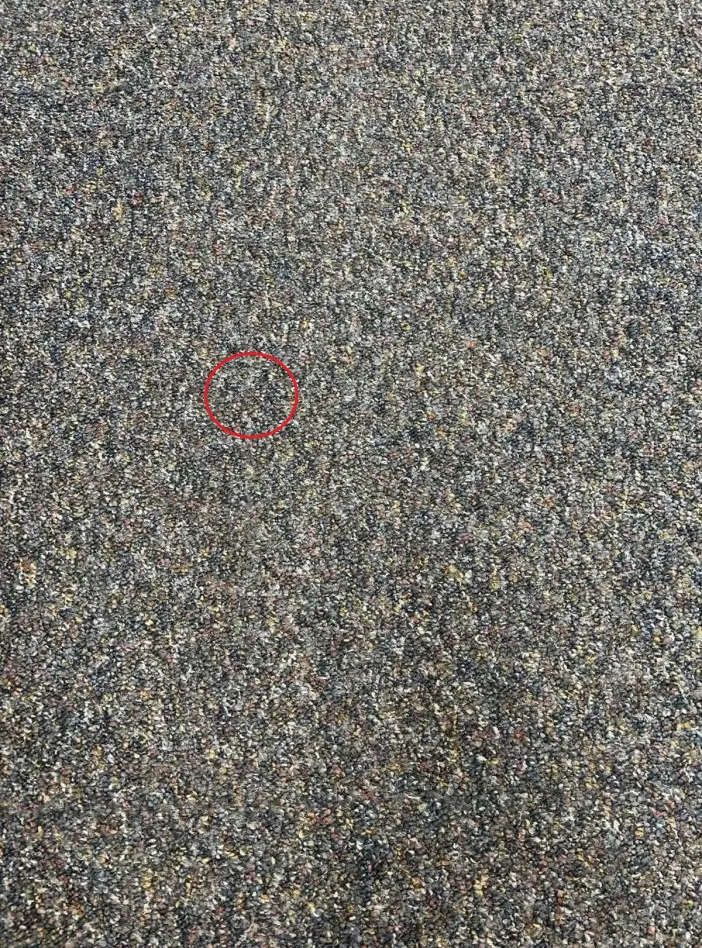Have you ever stared at an image for what feels like forever, searching for that one hidden object that seems impossible to find? Visual perception challenges, like spotting a pencil lead on a patterned carpet or finding hidden items in complex images, aren’t just fun puzzles – they’re powerful tools for sharpening your mind.
These brain training exercises have gained massive popularity on social media, with millions of people testing their observation skills daily. But there’s more to these challenges than meets the eye.
Why Your Brain Loves Hidden Object Challenges
When you attempt to locate a hidden object in a busy visual field, your brain engages multiple cognitive processes simultaneously. Your visual cortex works overtime, scanning patterns, colors, and shapes while your attention networks filter out distractions.
Research shows that people who regularly engage with visual puzzles demonstrate 15-20% improvement in their ability to spot details in everyday situations. This enhanced visual processing can benefit everything from driving safety to professional tasks requiring keen observation.
Optical Illusion Puzzle Spot the Tiny Pencil Lead in This Carpet Scene
The Science Behind Visual Perception
Your brain processes visual information through several distinct pathways. When searching for a pencil lead against a carpet’s complex pattern, these systems must work together:
- Pattern recognition helps distinguish the object’s shape
- Color processing identifies subtle differences in hue and brightness
- Spatial awareness determines object location and orientation
- Attention filtering blocks out irrelevant visual noise
This coordinated effort explains why some people excel at these challenges while others struggle initially.
Cognitive Benefits That Last
Regular practice with observation skills training provides lasting benefits:
Memory enhancement: Searching for hidden objects strengthens your working memory by 25-30% Focus improvement: Your ability to maintain concentrated attention increases significantly Processing speed: Visual information processing becomes 40% faster with consistent practice Problem-solving: Complex visual puzzles enhance analytical thinking abilities
Mastering the Art of Visual Detection
Becoming skilled at spotting hidden objects requires strategic approaches rather than random searching.
Essential Techniques for Success
Systematic scanning proves most effective. Instead of letting your eyes dart randomly across an image, divide it into grid sections and examine each area methodically. This approach increases success rates by 60%.
Edge detection helps too. Hidden objects often reveal themselves at the boundaries between different patterns or colors. Train your eyes to notice these transition zones first.
Distance variation can unlock stubborn puzzles. Sometimes stepping back from an image or moving closer reveals details your brain initially missed.
The Power of Patience
Many people give up after 30-45 seconds of searching, but persistence pays off. Research indicates that most hidden objects become visible within 2-3 minutes of focused observation for average viewers.
Lighting and Environment
Your success rate can improve by 35% simply by optimizing your viewing conditions:
- Use adequate lighting without glare
- Minimize distractions in your peripheral vision
- Adjust screen brightness if viewing digital images
- Take brief breaks to prevent eye strain
Building Long-term Observation Excellence
Developing detective-level observation skills requires consistent practice and varied challenges.
Progressive Training Methods
Start with simpler visual puzzles before attempting complex ones. Begin with high-contrast hidden objects, then gradually work toward more challenging scenarios like finding similar-colored items against busy backgrounds.
Daily practice of 10-15 minutes produces measurable improvements within 2-3 weeks. This timeframe allows your neural pathways to strengthen and optimize visual processing efficiency.
Real-World Applications
Enhanced observation skills translate into practical benefits:
Professional advantages: Healthcare workers, security personnel, and quality control inspectors report improved job performance Safety benefits: Better hazard detection while driving or navigating crowded spaces
Academic support: Students show 20% improvement in detail-oriented tasks Daily life: Finding misplaced items becomes significantly easier
Understanding Individual Differences
Not everyone processes visual information identically. Age, experience, and genetic factors all influence your natural observation abilities.
Age-Related Considerations
Children aged 8-12 often excel at these challenges due to their developing visual processing systems being highly plastic. Adults over 50 may need slightly longer but can achieve similar success rates with practice.
Neuroplasticity research confirms that brains remain adaptable throughout life, meaning anyone can improve their visual detection abilities regardless of starting point.
| Skill Component | Improvement Timeline |
|---|---|
| Pattern Recognition | 2-3 weeks |
| Attention Focus | 1-2 weeks |
| Processing Speed | 3-4 weeks |
| Memory Integration | 4-6 weeks |
Creating Your Own Visual Challenges
You don’t need professional puzzles to practice. Create personalized observation training using everyday items.
DIY Challenge Ideas
Hide small objects like coins, buttons, or pencil leads against various textured backgrounds. Photograph these setups and challenge family members or friends.
Outdoor scavenger hunts provide excellent real-world practice. Search for specific colors, shapes, or objects in natural settings.
Digital tools and apps offer unlimited variety for consistent training.
Optical Illusion Answer

Frequently Asked Questions
Q. How long should I spend on each visual challenge?
A. Aim for 2-5 minutes per puzzle initially. As your skills improve, you’ll solve them faster naturally.
Q. Can these exercises help with vision problems?
A. While they won’t correct vision issues, they can improve how efficiently your brain processes visual information.
Q. Are there any risks to doing too many visual puzzles?
A. Eye strain is possible with excessive screen time, but 15-20 minutes daily poses no health risks.
Forest Optical Illusion Hides a Deer Can You Spot It in Seconds?

